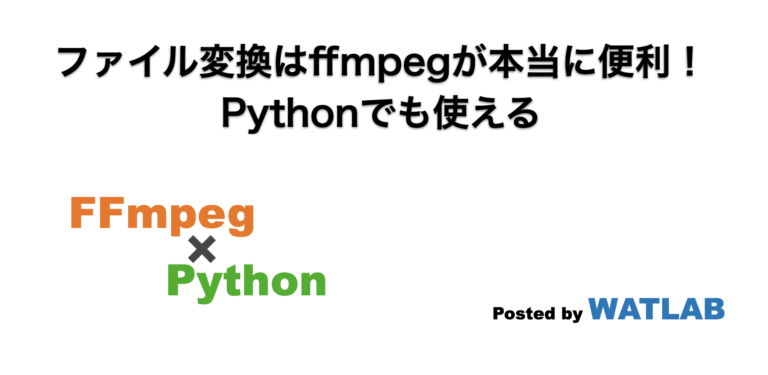
Typing-related: PEP 591 (Final qualifier), PEP 586 (Literal types), and PEP 589 (TypedDict). PEP 574, Pickle protocol 5 with out-of-band data. PEP 590, Vectorcall: a fast calling protocol for CPython. PEP 587, Python Initialization Configuration (improved embedding). Major new features of the 3.8 series, compared to 3.7 This issue was assigned CVE-2021-3177.īpo-42967: Fix web cache poisoning vulnerability by defaulting the query args separator to &, and allowing the user to choose a custom separator. Get the latest release of 3.9.x here.ģ.8.8 introduces two security fixes (also present in 3.8.8 RC1) and is recommended to all users:īpo-42938: Avoid static buffers when computing the repr of ctypes.c_double and ctypes.c_longdouble values. Python 3.9 is now the latest feature release series of Python 3. Note: The release you're looking at is Python 3.8.8, a bugfix release for the legacy 3.8 series. 19, 2021 This is the eight maintenance release of Python 3.8 import imageio.v3 as iioįor idx, frame in enumerate(iio.imiter("imageio:cockatoo.mp4")): 
In 2022 you also have the option to use ImageIO to do this, which IMHO is much more hasslefree and readable. Print ("It took %d seconds forconversion." % (time_end-time_start)) Print ("Done extracting frames.\n%d frames extracted" % count) # Write the results back to output location.Ĭv2.imwrite(output_loc + "/%#05d.jpg" % (count+1), frame) Print ("Number of frames: ", video_length) Video_length = int(cap.get(cv2.CAP_PROP_FRAME_COUNT)) - 1 Output_loc: Output directory to save the frames.

"""Function to extract frames from input video fileĪnd save them as separate frames in an output directory. It works on Python3 with OpenCV 3+ import cv2ĭef video_to_frames(input_loc, output_loc): This is Function which will convert most of the video formats to number of frames there are in the video.






 0 kommentar(er)
0 kommentar(er)
